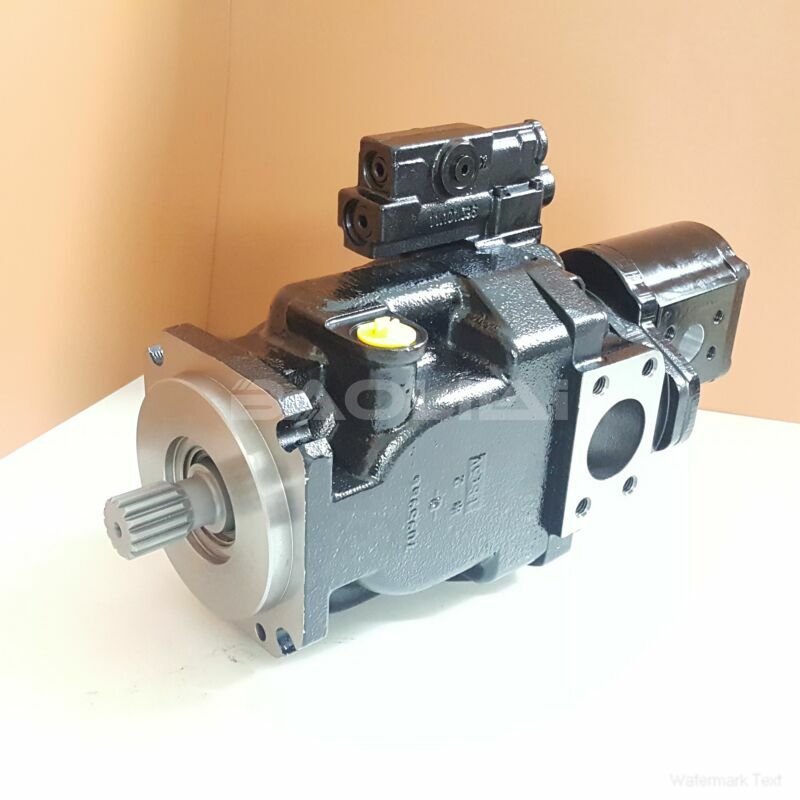FRR090CLS2520NNN3S1T2A1NNNNNNNNNN piston pump
FRR090CLS2520NNN3S1T2A1NNNNNNNNNN piston pump

- Product Details
- Applicable Scene
Hydraulic pump systems, commonly used in various industrial applications, are integral to the efficiency and functionality of machinery. However, excessive noise and vibration from these systems can lead to operational inefficiencies, equipment damage, and potential health risks for personnel. Implementing best practices for noise and vibration control in Danfoss hydraulic pump systems can enhance overall performance, extend equipment life, and create a safer working environment. This article outlines effective strategies for mitigating noise and vibration in these systems.
FR-R-090C-LS-25-20-NN-N-3-S1T2-A1N-NNN-NNN-NNN
FRR090CLS2520NNN3S1T2A1NNNNNNNNNN
Understanding the Sources of Noise and Vibration

83032996
The first step in managing noise and vibration is to identify their sources. In hydraulic pump systems, common causes include:
Fluid Dynamics: Turbulence and cavitation in fluid flow can generate excessive noise.
Mechanical Components: Unbalanced components, misalignment, and wear in pumps and motors contribute to vibrations.
Mounting Arrangements: Improperly mounted pumps and lack of isolation can amplify sound and vibrations.
Operating Conditions: Higher operating pressures and flow rates can increase noise levels.
Best Practices for Noise Control
Select Low-Noise Pumps: Danfoss offers a range of hydraulic pumps designed with noise reduction features. Choosing a low-noise model can substantially decrease operational noise from the outset.
Optimize Fluid Dynamics: Properly sizing and configuring piping can minimize turbulence and cavitation. Ensure that flow rates are within the recommended operating range to further reduce noise.
Use Sound-Absorbing Materials: Installing sound-absorbing panels or enclosures around hydraulic systems can help dampen noise. Utilizing flexible couplings and sound-insulating mounts also aids in noise reduction.
Regular Maintenance: Routine inspections and maintenance can prevent wear and misalignment, which are common causes of increased noise levels. Keeping components well-lubricated reduces friction, further lowering noise.





